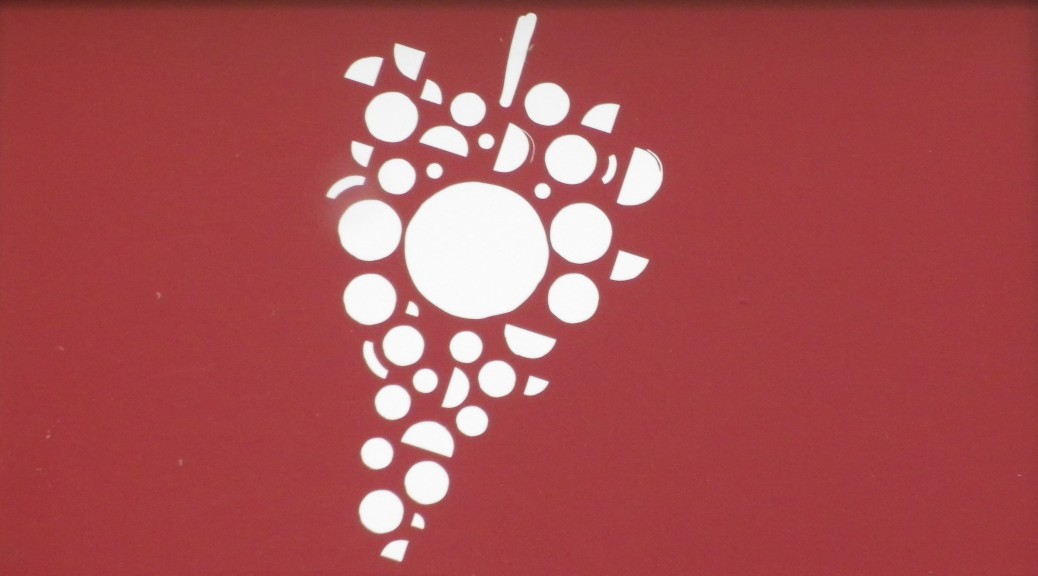What I Learned:
Wine production has been documented along this section of the Loire (between Saumur and Anjou) for at least 1500 years. When the Plantagenet rulers of the area gained the throne of England in 1154, it sparked an international demand for this local wine, and its popularity continued until the French Revolution. It is a rich tradition that also makes full use of the natural and man-made caves in this area.
The region’s vineyards cover about 20,000 hectares. Most of the vineyards are either on the slopes overlooking the Loire River Valley, or on the plateaus above the slopes, south of the river valley. The soil types are mostly tufa, or schist.
The Anjou Saumur Region comprises over 30 Appellations D’Origine Controlee between Montsoreau in the east and Champtoceaux in the west. Near the town of Saumur, Saumur-Champigny and Saumur Puy Notre Dame, are the most well-known red AOC wines; and the Coteaux de Saumur, and Saumur Brut, are the most famous white AOC wines.
The two main red varietals grown here are Cabernet Franc, and some Cabernet Sauvignon. Additionally, the Pineau D’Aunis varietal is grown here; and it is in the Loire Valley where it is primarily cultivated in the world today. The main white varietal is Chenin, with Chardonnay coming in a distant second. Both still and sparkling wines are produced from these varietals. Given the unusual tufa stone substrata and the mild climate, the rather common varietals here (not counting the Pineau D’Aunis) result in wines offering distinctive flavors.
What I Tasted:
2012 Chenin, Domaine Richou, Anjou Chauvigne, dry, tart, minerally, with slight citrus notes.
2012 Cremant, Ackerman, Grand Cru, dry, high acidity, mild citrus flavors.
2012 Chenin, Domaine Saint-Jean, Turquant, Saumur AOC: medium dry with citrus flavors and hints of minerality.
